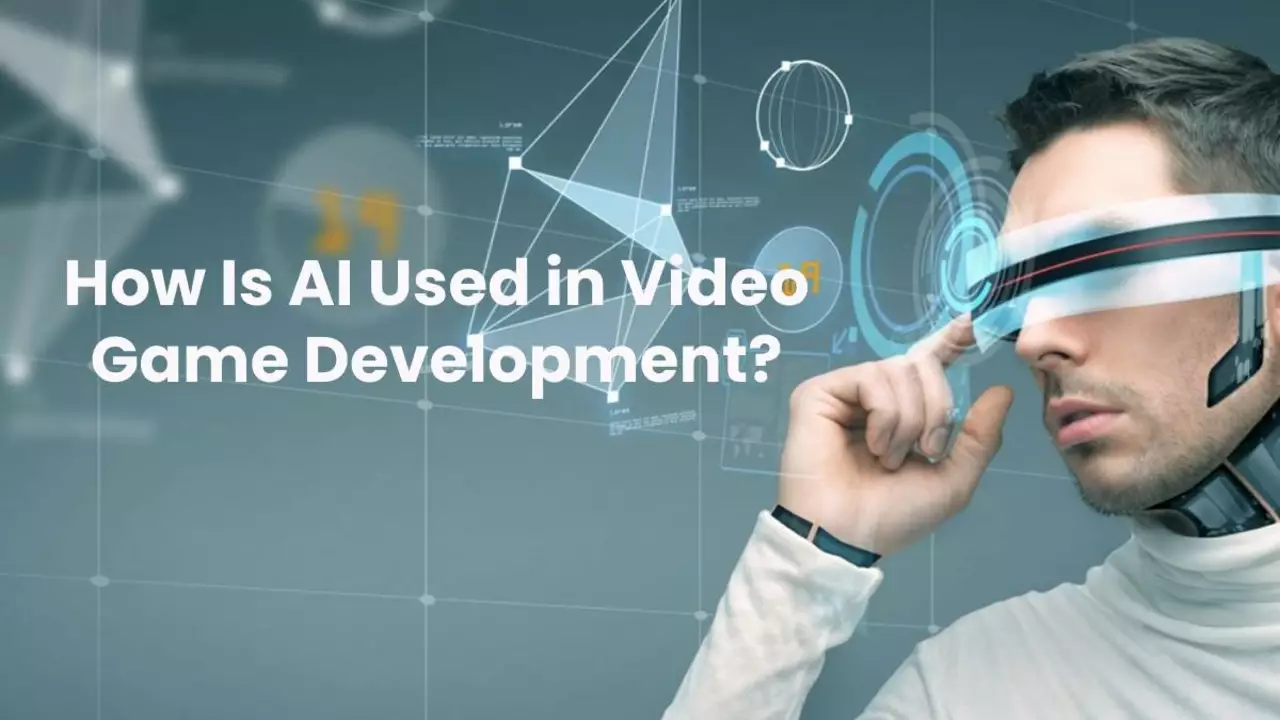- Home //
- Single
What will be the next big tech trend after Ai?

Mapping the New Horizon of Technology: Beyond AI
Ever since we embarked on this audacious journey of dissecting the infinite realm of technology in my blogs, we've been privy to a variety of transformational trends that have substantially altered the course of our personal and professional lives. AI, without a doubt, has been the king of the hill. Yet, some intriguing question always tickles my curiosity, and I'm sure many of my readers share this sentiment - "What follows after AI?" "Which technology will be the next big thing?" If you've been itching to delve deep into this subject, then you're reading the right blog, mates!
Quantum Computing: Unshackling the Chains of Computational Limitations
Allow me to start with the buzzword that's been making significant strides in the tech industry - Quantum Computing. It's as if we've just unlocked a new character in the complex video game, a character that promises rapid progress and untold possibilities. Imagine a computer that's leaps and bounds more powerful than our current ones, capable of potentially solving problems in seconds that might take today's most robust computers millenniums to process. Welcome to the world of Quantum Computing, folks! It leverages quantum bits, or 'qubits', and quantum phenomena like superposition and entanglement, presenting us with an advanced computation model.
A Tomorrow Closer to Reality: Virtual and Augmented Reality
With my daughter Ophelia's propensity for video games and my young lad Heath's unfathomable fascination for the avatars he virtually interacts with, it doesn't take a rocket scientist (although Heath insists he wants to be one) to realize how VR and AR are here to redefine our interactive experiences. From gaming to virtual meetings, online shopping to digital tours, this technology adds a new layer of immersive encounter with our screens that is set to transition into our lives more seamlessly in the upcoming years.
Edge Computing: On the Cusp of a Paradigm Shift
You've probably heard of Edge Computing mentioned in the same breath as the Internet of Things (IoT), right? Consider it an evolution in the story of data collection, analysis, and implementation. As we amass an unprecedented amount of data, there's a pressing need to process it rapidly and securely. That's where Edge Computing steps in, offering real-time data processing at the 'edge' of the network. This technology caters to an array of applications from automated manufacturing processes to autonomous cars, smart cities to personalized retail experiences.
Progress with a Human Touch: Human Augmentation
Now, let's shift gears a bit and venture into the realm of Human Augmentation. This might sound like a dystopian Sci-Fi concept, but it's rapidly migrating from fiction to reality. The goal here is to enhance human abilities, both cognitively and physically. This can involve implantable devices, exoskeletons, neural interfaces, and more. This technology is an ambitious step towards improving quality of life and productivity. Changes are palpable, especially in medical and disability aids, military and defense, or even entertainment and sports domains.
Data Interconnectivity: The Genesis of 5G and Beyond
We've all been hearing the term 5G echoing around for some time now. It's the new-gen telecommunication technology that pledges to transform data connectivity and bandwidth like nothing we've seen before. It promises ultra-fast communication, negligible latency, and a superior user experience, enabling smart devices and the Internet of Things (IoT) to interact more effectively. Even though 5G is still in its infancy, we can anticipate the world beyond it. The future is all about enhanced mobile broadband (eMBB), ultra-reliable low latency communications (URLLC), and massive machine type communications (mMTC).
The Blockchain Paradigm: Transcending Cryptocurrencies
Most of us are familiar with terms like 'Bitcoin' and 'Cryptocurrencies', but what about the underlying technology that enables these digital currencies to exist? Enter, Blockchain. This ingenious technology offers a secure, transparent, and distributed digital ledger. Though it has largely been linked to cryptocurrencies, now, industries are realizing its potential for various applications such as supply chain management, secure voting systems, digital identities, and healthcare data management.
Demystifying AI Ethics: The Cognitive Leap to Explainable AI
As we ice our journey with a cherry that bridges our past with our future, it becomes imperative to ponder on what's missing in the AI machinery. The answer is simple - ethics and transparency. That's where Explainable AI (XAI) steps in - offering solutions that not only perform sophisticated tasks but also elucidate their operations clearly, making them understandable and trustworthy. This cognitive leap fosters a symbiotic relationship, ensuring trust among humans and machines, which I believe is the cornerstone for a harmonious technologically infused future.
Let me end this engaging conversation on a slightly humorous note. Heath, my young lad, asked me a few days back, "Daddy, will robots replace you in the future and write these exciting blogs for us?" I laughed and told him, "No sweetheart, technology can replace the manual labor, but the creativity and passion with which your daddy writes these blogs for his lovely readers, that's simply irreplaceable." That's the human touch that we as technologists, creators, and consumers should aspire to maintain, even while floating amidst this riveting wave of technology transformations. Here's to a future, where we synergize with technology and not be overwhelmed by it. Cheers, mates!
- Aug 1, 2023
- Caden Sterling
- 0 Comments
- View posts
- permalink
Write a comment